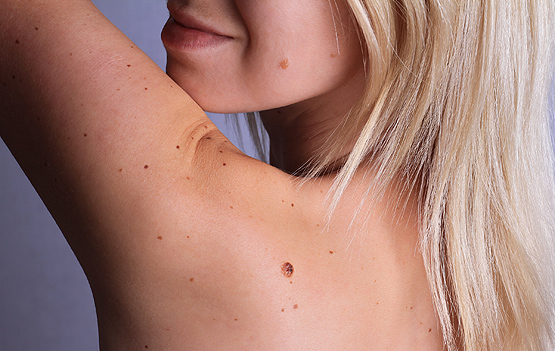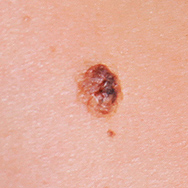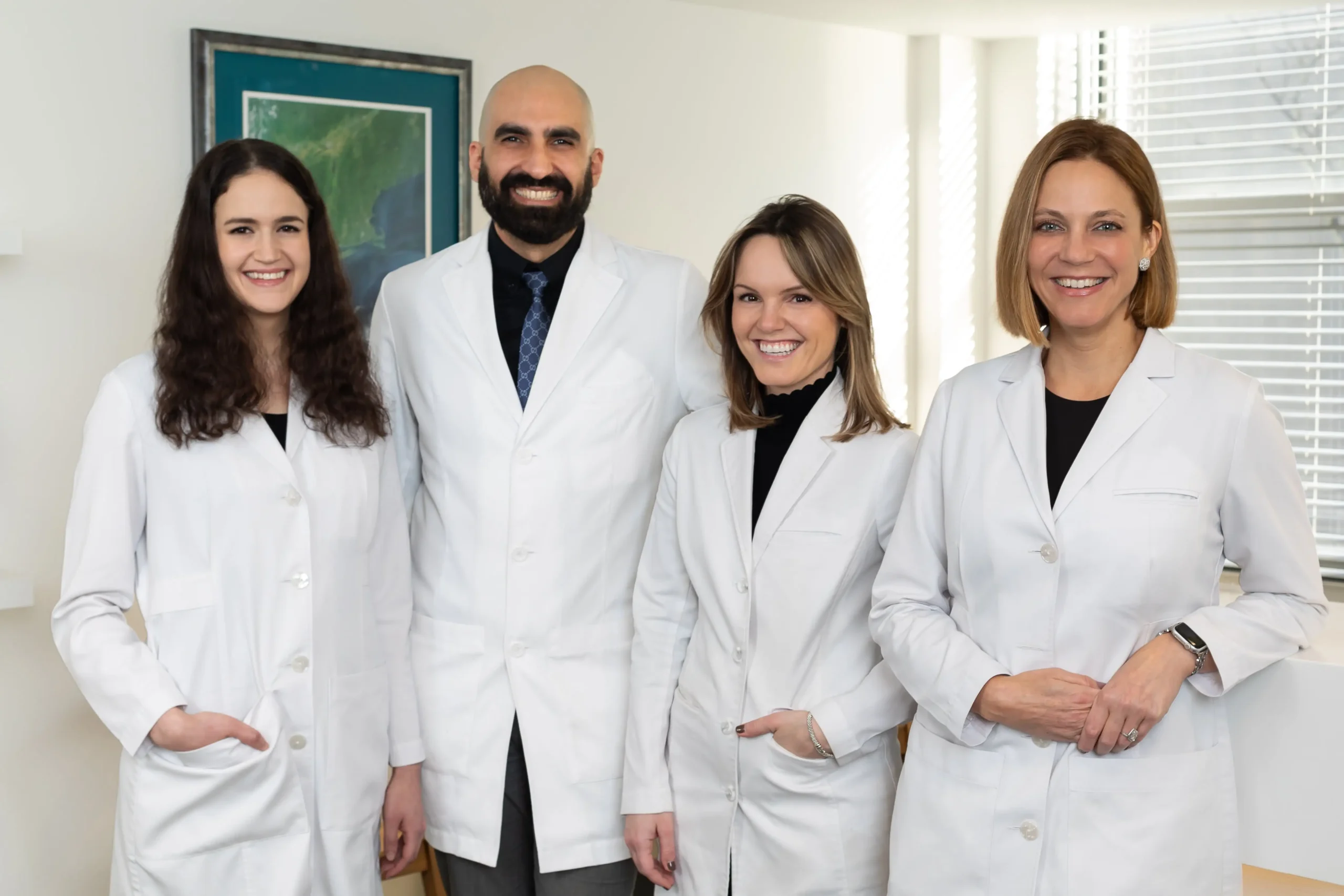Risk Factors for Melanoma

What causes melanoma?
Anyone can get melanoma. Most people who get melanoma have light skin, but people who have brown and black skin also get melanoma. Your risk of getting melanoma increases if you seek the sun, tanning beds, or sunlamps: These all emit ultraviolet light (UV), and scientists have proven that UV light can cause skin cancer in people. Using indoor tanning beds before age 35 can increase your risk of melanoma by 59%, and the risk increases with each use. Living close to the equator and failing to protect your skin also puts you at an increased risk. You are also at an increased risk if you have had 5 or more blistering sunburns as a child or teenager. Even if you haven’t had a sunburn in recent years, the sunburns that you got as a child still put you at risk for melanoma in your older years.
While exposure to UV light greatly increases your risk of developing melanoma, your other characteristics also play a role. These include:
- Fair skin. Having less pigment (melanin) in your skin means you have less protection from damaging UV radiation. If you have blonde or red hair, light-colored eyes, and freckle or sunburn easily, you’re more likely to develop melanoma than is someone with a darker complexion. But melanoma can develop in people of all races and those with darker complexions, including Hispanics and blacks.
- 50 or more moles
- Large or atypical moles
- Had melanoma or another type of skin cancer
- Had another type of cancer, such as breast or thyroid cancer
- A disease that weakens your immune system, or taking medicines to quiet your immune system, such as taking life-saving medicines to prevent organ rejection after transplant surgery
 Scientists have also found that some people inherit genes that increase their risk of getting melanoma. Therefore if a close blood relative — such as a parent, child or sibling — has had melanoma, you have a greater chance of developing it too.
Scientists have also found that some people inherit genes that increase their risk of getting melanoma. Therefore if a close blood relative — such as a parent, child or sibling — has had melanoma, you have a greater chance of developing it too.
In order for early detection it is recommended to have your skin checked by a dermatologist once a year, or if you notice any mole changing.









